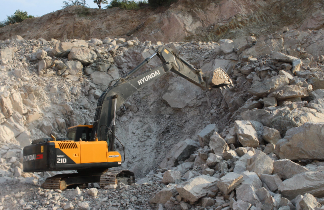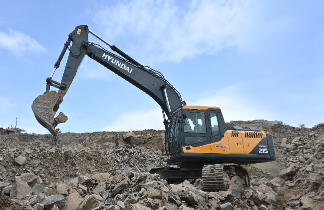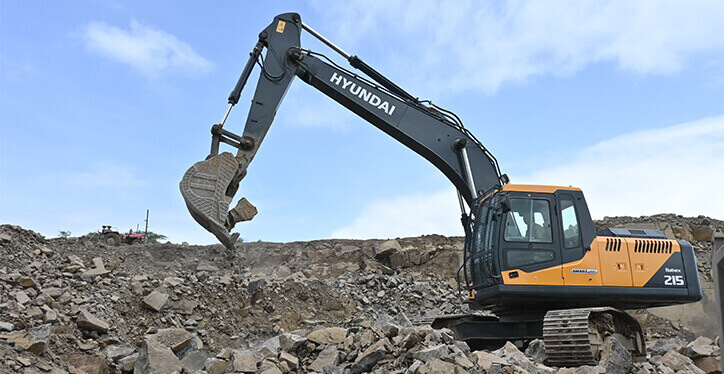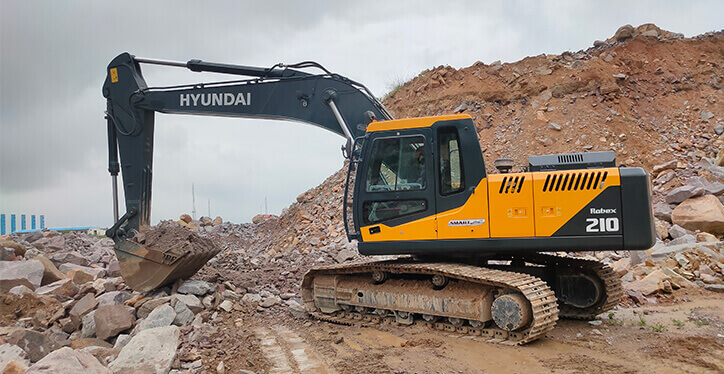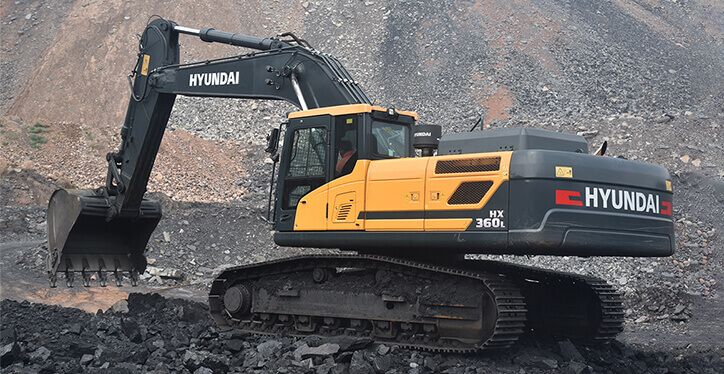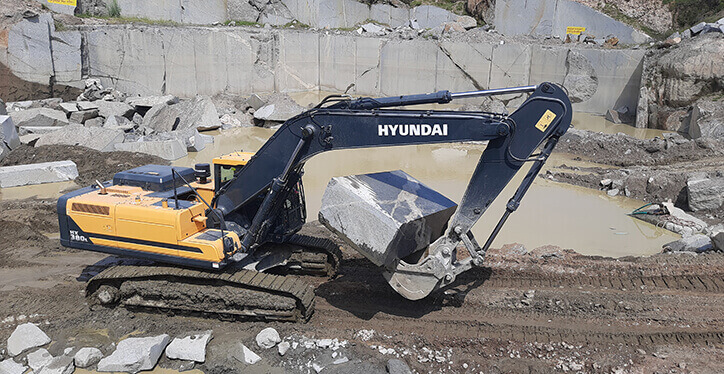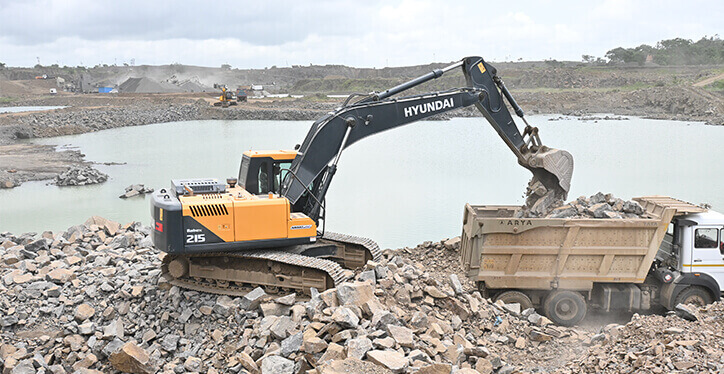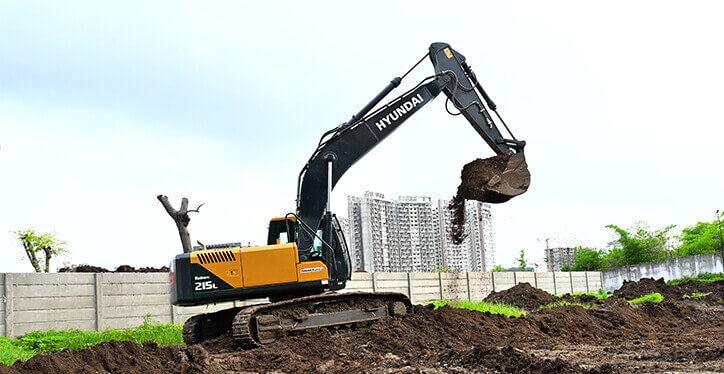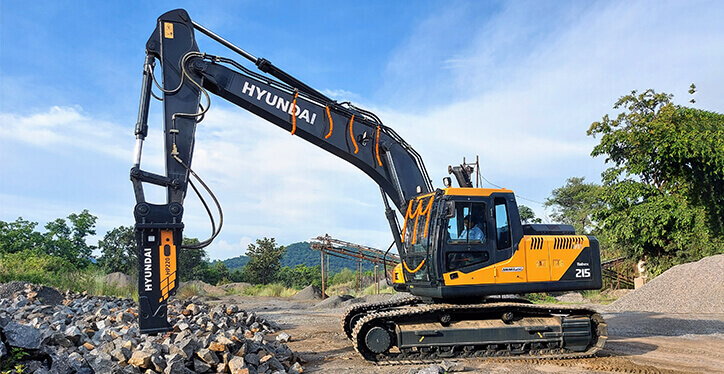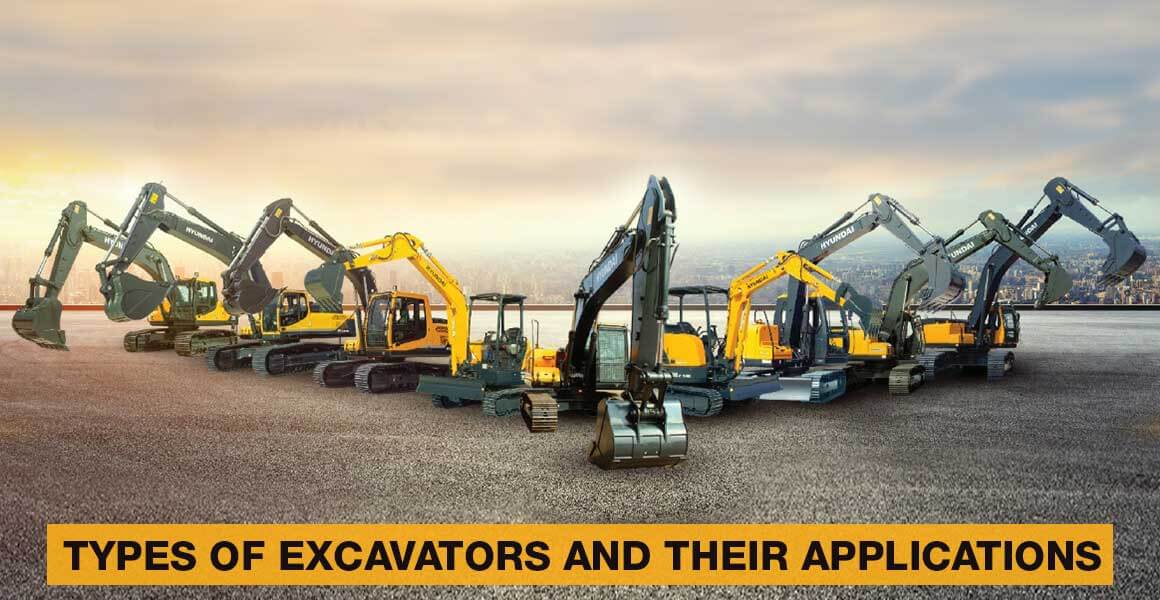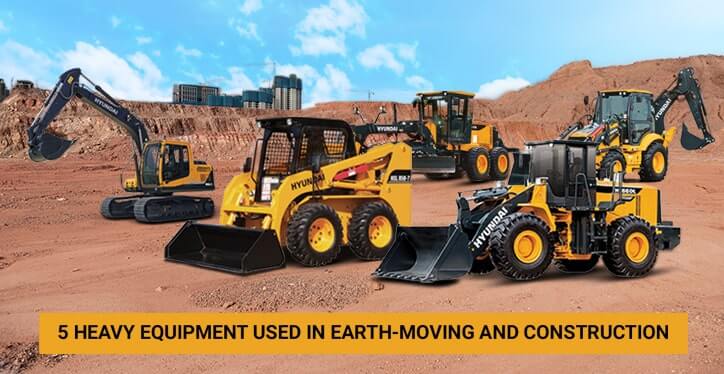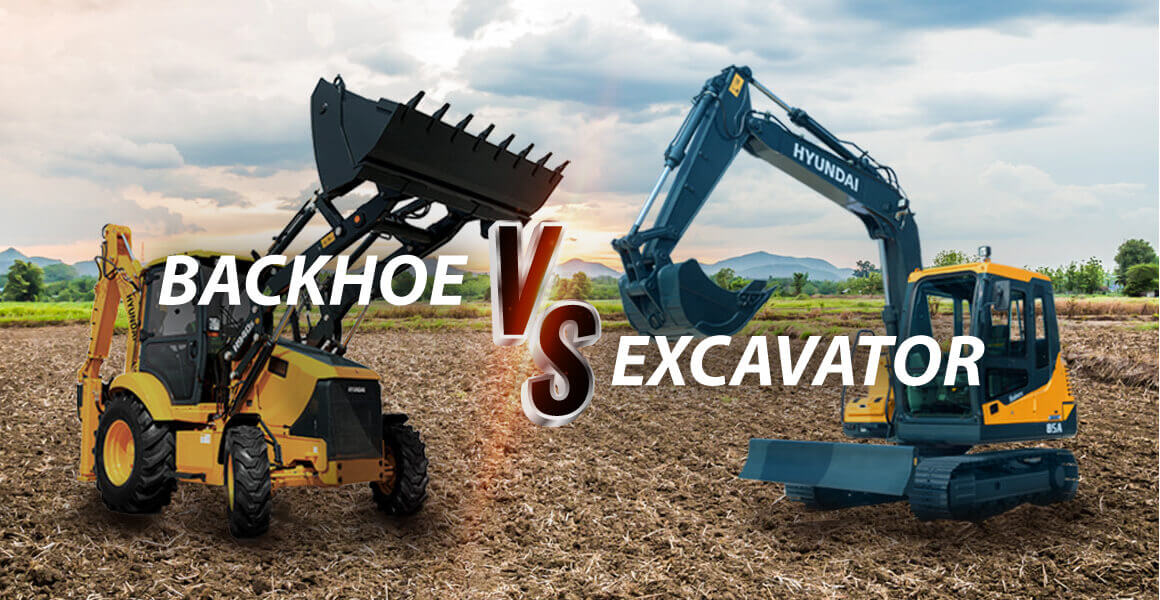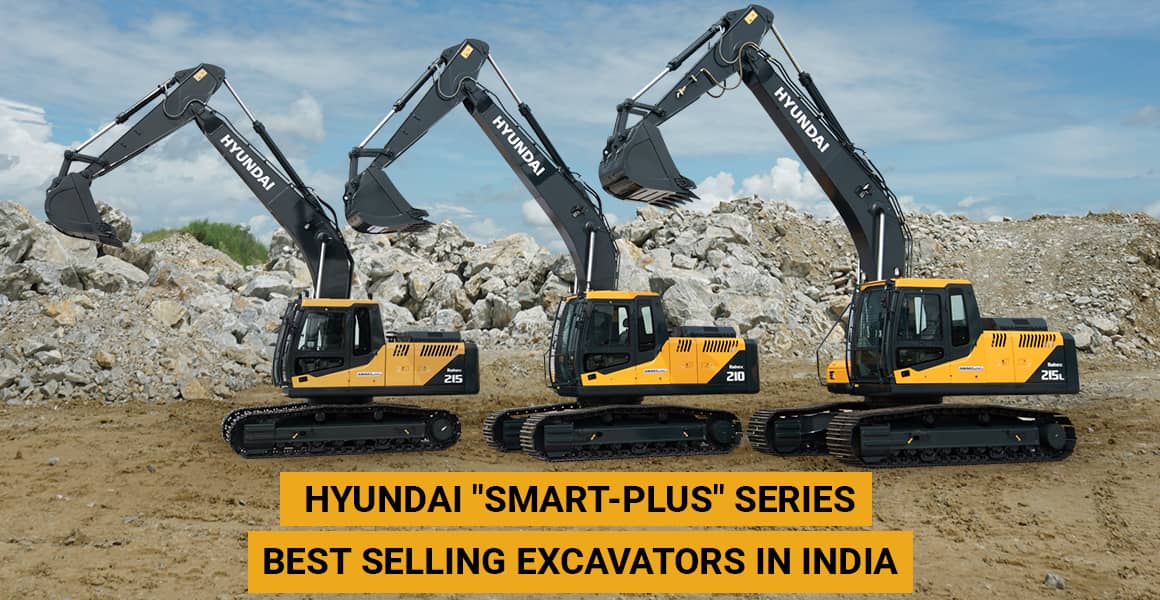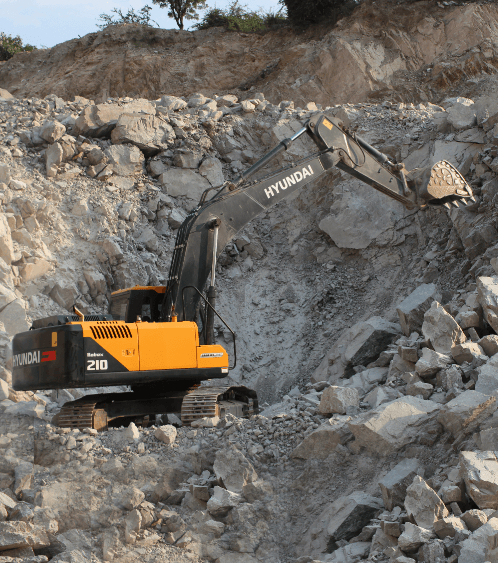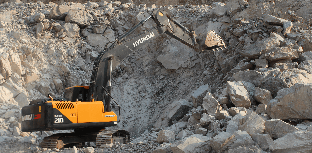Earthmoving is a labour-intensive and time-consuming process. It requires adequate planning, skilled workers, and, most importantly, the right equipment to perform. Excavators are the most preferred equipment for heavy-duty digging and other earthmoving activities. They are sturdy, perform on almost any surface, and handle heavy-duty operations. Whether digging trenches, loading heavy objects, or even heavy earthmoving operations, excavators can perform such rigorous tasks quite efficiently.
While the excavators, notably hydraulic excavators, get the first choice of preference for earthmoving activities, choosing the proper machinery is crucial. Needless to say, operators don’t want to get stuck with a machine that is not capable enough to handle heavy-duty tasks. That is why we have compiled a checklist for choosing the right excavator.
Things to Consider When Choosing the Right Excavator
1. Engine Power
Excavator selection highly depends on Engine Power. High Power provides high digging forces to operate excavators in tough working conditions and deliver high productivity. Along with power, an ideal engine should be smooth in operation, make low noise and eject less smoke while at operation. The engine should have low cost of operation with easy maintenance.
2. Operating Weight
Hydraulic Excavators are majorly categorised based on their operating weight. Operating weight must be defined based on the application to be performed and work quantity to be handled. Thus, while purchasing an excavator, one must ensure the machine you choose has an operating weight that matches your job requirement. Lifting Capacity of an excavator also depends on its operating weight.
3. Lifting Capacity
The lifting capacity of an excavator is based on the machine’s weight, lift point position, centre of gravity, and hydraulic capability. Note that the lifting capacity is also limited by the excavator’s tipping stability and hydraulic capacity. When it comes to excavator size classes, large ones are capable of lifting bigger and heavier materials. A general rule of thumb in such cases is that for heaviest lifts, standard and large excavators are powered by hydraulics. Thus, such excavators are suitable for heavy-duty operations.
4. Worksite Conditions/ Application
One must consider the worksite conditions and application to be performed while choosing the excavator. Do you intend to work in tight spaces or open environments? Will you be driving excavators on roads? Are you purchasing excavator for general construction, earthwork, mining or demolition?
Such factors will help you choose the correct excavator without hampering the efficiency of your operations.
5. Bucket Capacity
The bucket capacity of an excavator is the amount of material carried inside the bucket plus the amount piled on top of it. This is called heaped or rated capacity. A heap is how much material is piled on top of a bucket depending on the angle of repose of the material being carried. The bucket capacity must consider several factors, like the type of materials the excavators will be handling, what size of bucket you need, and the overall size of the operation.
6. Hydraulic Attachments
While excavators are usually pictured with a bucket, different fixtures can be attached. Needless to say, all these attachments are hydraulic and can perform unique operations. Some commonly used attachments include rock breaker, quick coupler, grapple, rakes, rippers, tilt couplers, quick hitch, grab attachments, etc. An excavator may better serve heavy projects or require multiple tool attachments with a hydraulic system.
7. Budget
The last but not the least factor to consider is your budget. Here, you must consider several factors like how often you use an excavator, storage and maintenance, target operating cost per hour, and does it make more sense to rent or buy. While large excavators are expensive, choosing a piece of equipment too small is not a wise decision either. You can use an excavator sizes chart to compare different excavators to make an educated decision.
Final Thoughts
Different excavators have different sizes. Therefore, it is crucial to understand the essential aspects of an excavator. Choosing the correct type of excavator can simplify your operations, save labour, and, most importantly, operational costs. One good tip here is to use excavator size comparison charts offered by manufacturers to make more informed decisions.
Hyundai Construction Equipment India, a leading mining and construction equipment manufacturer, provides robust, high-quality excavators of different sizes, suitable for any type of heavy-duty operations. Hyundai offers different sizes of excavators, ideal for various earthmoving operations. In this way, it will help you choose the best equipment to perform heavy-duty operations.
